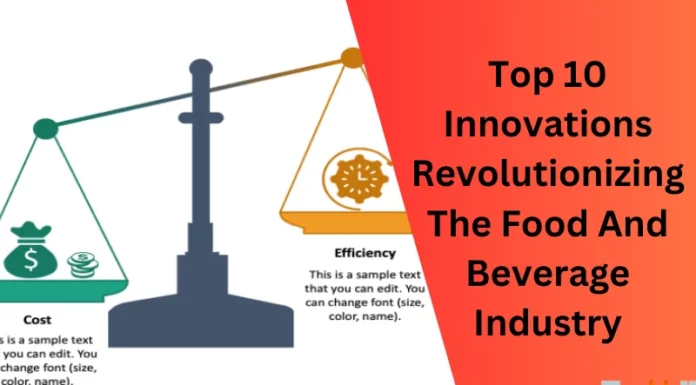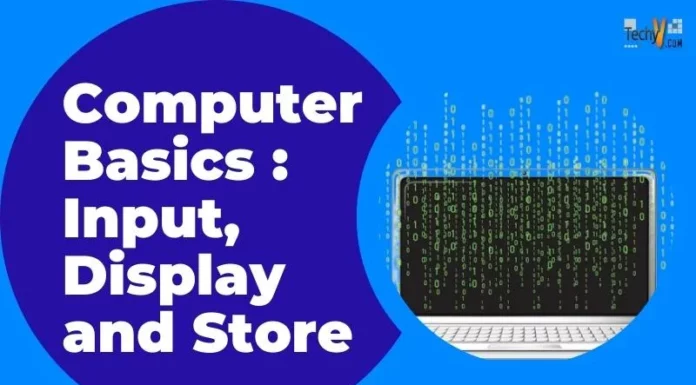Why Is Containerization?
Containerization is more effective than digitalization, making it an innate development of the latter. Whereas digitalization is critical in contributing various operating systems (OS) on a particular server, containerization is more reliable and granular.
It concentrates on breaking down operating systems into mass that you can use more effectively. Alternatively, an application container offers a way to collect apps in a compact, software-defined environment.
The market for application container innovation that assists organizations in modernizing present apps and generating new, scalable cloud-native software is essential and accelerating.
What Is Containerization?
It’s a form of OS digitalize where you start applications in remote consumer spaces called containers that use the same collective operating system. An application container is a fully portable computing environment:
It has everything an app requires to run, involving its binaries, libraries, dependencies, and arrangement files – all summarized and remote in a container.
You can start the containerized application on several types of structures, such as on bare metal, in the cloud or within VMs, without modifying it for each environment.
Containerizing an application means separating it from the operating system and restricting access to resources, similar to a lightweight virtual machine.
What Does Containerization Do?
Containerization enables software programmers to generate and deploy apps quickly and more securely. Using standard strategy, you evolve code in a particular computing environment that frequently results in issues and bugs when you transform it to the latest location. For example, when you change code from your desktop computer to a VM or from a Windows to a Linux operating system.
Containerization alleviates these issues by allowing you to collect the application code along with its necessary configuration files, dependencies, and libraries. It then separates that specific piece of software from the management OS, allowing it to stand alone and become tiny enough to start on any platform or cloud, error-free.
How Does Containerization Work?
Containerization includes manufacturing software collection that operates continually, despite of the machines they start on. Software programmers generate and deploy container images, that is, files that contain the essential information to start a containerized application. Programmers use containerization devices to manufacture container images based on the Open Container (OCI) image identification. OCI is an open-source group that offers a standardized format for making container images. Container images are read-only and cannot be changed by the computer system.
1. Adoption Of Microservice Architecture
Enterprises searching for manufacturing cloud applications with microservices need containerization innovation. The microservice structure is a software development that uses various interconnected software parts to transform a functional application. Each microservice has a rare and particular function—an advanced cloud application composed of multiple microservices. For instance, a video streaming app might have microservices for data rectifying, consumer tracking, billing, and customization. Containerization offers the software device to pack microservices as employed programs on distinct platforms.

2. Container Engine
The container engine, or container runtime, is a software program that generates container images. The acts of a mediatory agent between containers and the operating system, offering and organising resources required by the application. For instance, container engines can organize various containers on the same operating system by monitoring the individuals of the underlying structure and each other.

3. Application And Dependencies
The topmost layer of the containerization structure is the application code and other files necessary to run, such as library dependencies and relevant arrangement files. This layer might also consist of a light guest operating system launched over the host operating system.

4. Site Constraints
Containers are huge users of terminal space referring that many multimodal terminals have been departed to the urban confines. Draft errors at the port are merging with the beginnings of larger containerships, singly those of the vessel class. A massive vessel containership needs a draft of at least 13 meters.
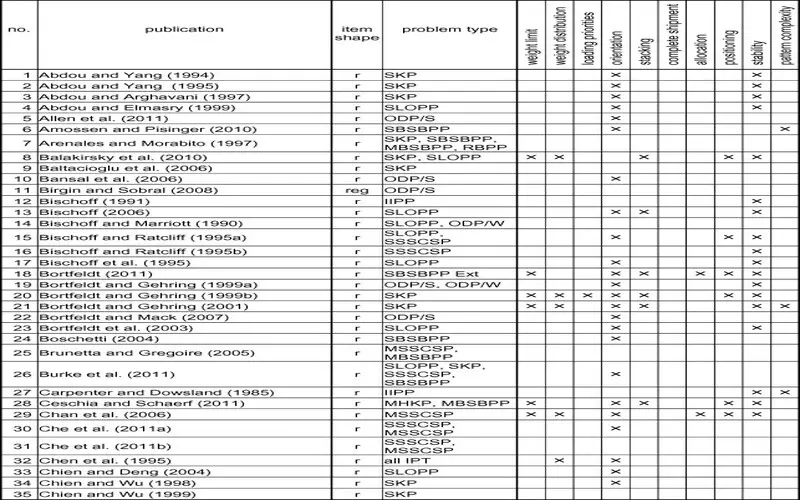
5. Capital Intensiveness
Container controlling structures and instruments giant cranes, warehousing benefits, inland roads, and rail authorized are essential capital expenses that need large pools of accessible capital. It requires the resources of large business or financial enterprises. Moreover, the push towards automation is maximizing the capital corporations of intermodal terminals.

6. Reduces Built-in Security Compared With VMs
Namespaces remove a container’s starting processes from those outside the container, enabling each container on a host to obtain dedicated resources from the host OS. However, because containers on the same host system share the same OS, any remaining loopholes in the host OS can affect all containers on the host. A hacker who gains access to a single container may also gain access to the host or other containers.
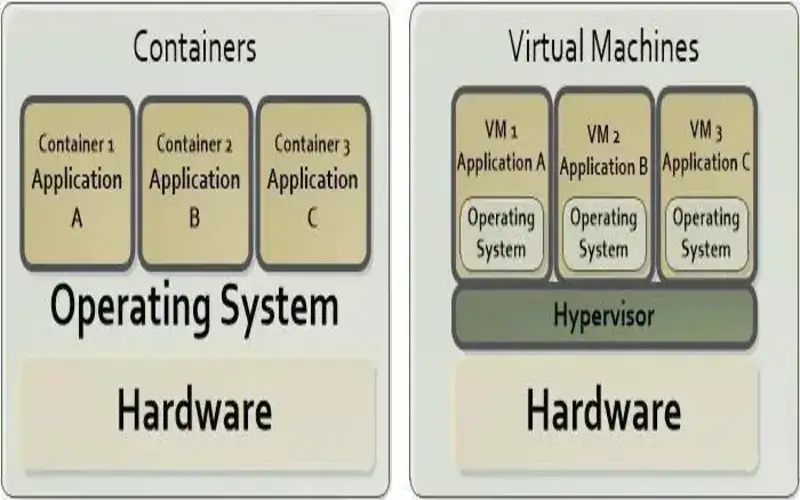
7. Potential For Sprawl
An advantage of containers is how quickly they can be generated, but these facilities can also simply lead to unconstrained container sprawl and administrative complexity.
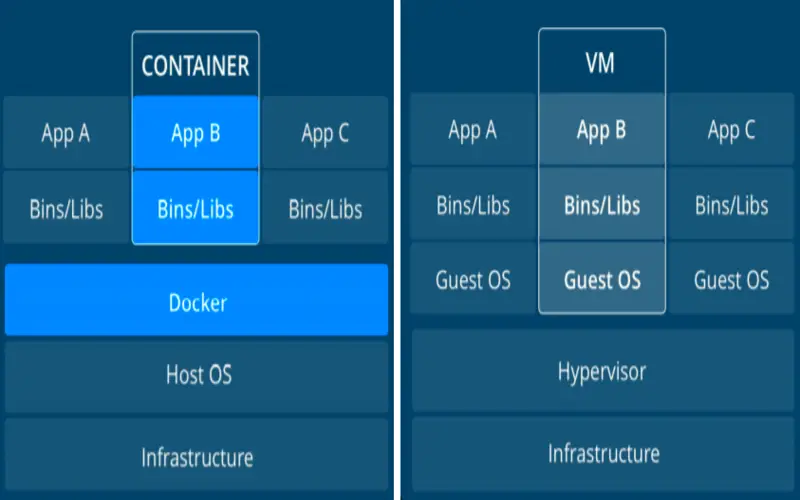
8. Observing Challenges
Because containers can be quickly resolved up and down, organisations frequently struggle to keep track of which containers are running. Containers agitate 12 times quicker than standard hosts, which makes it digitally impossible to trace containers the hard way.
Generating A Container Image
To containerize an app, a software bundle known as an image is generated, which involves the application’s code, libraries, arrangements, and reliance. The image is restored in a registry, either public or private.
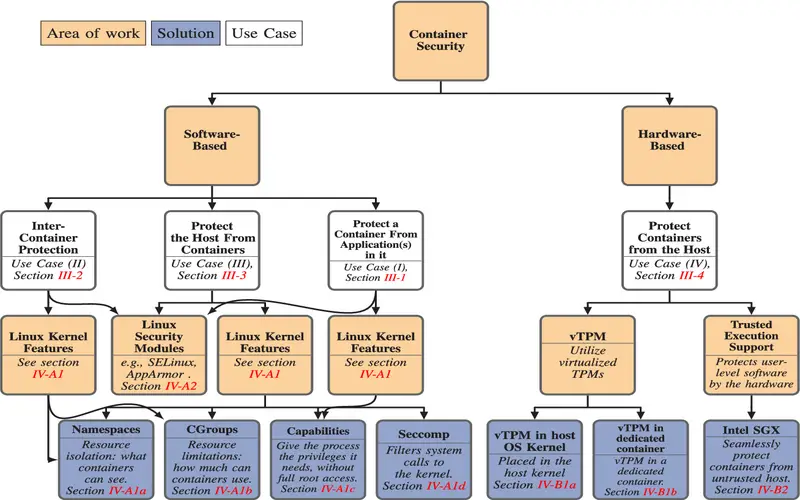
9. Deployment And Portability
The restored image can be employed in any climate where the Docker platform is launched, benefitting continual employment across multiple settings. This regularity ensures the application functions rightly despite the underlying systems’ specifies. Containerization streamlines and protects the employment of applications, providing a practical, friendly climate irrespective of the underlying hardware or software arrangement.

10. Fault Isolation
Containers are patterned to be remote from each other, ensuring that any faults in one container don’t affect the left of the apps.









